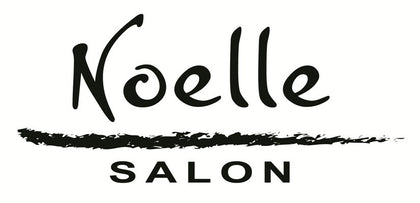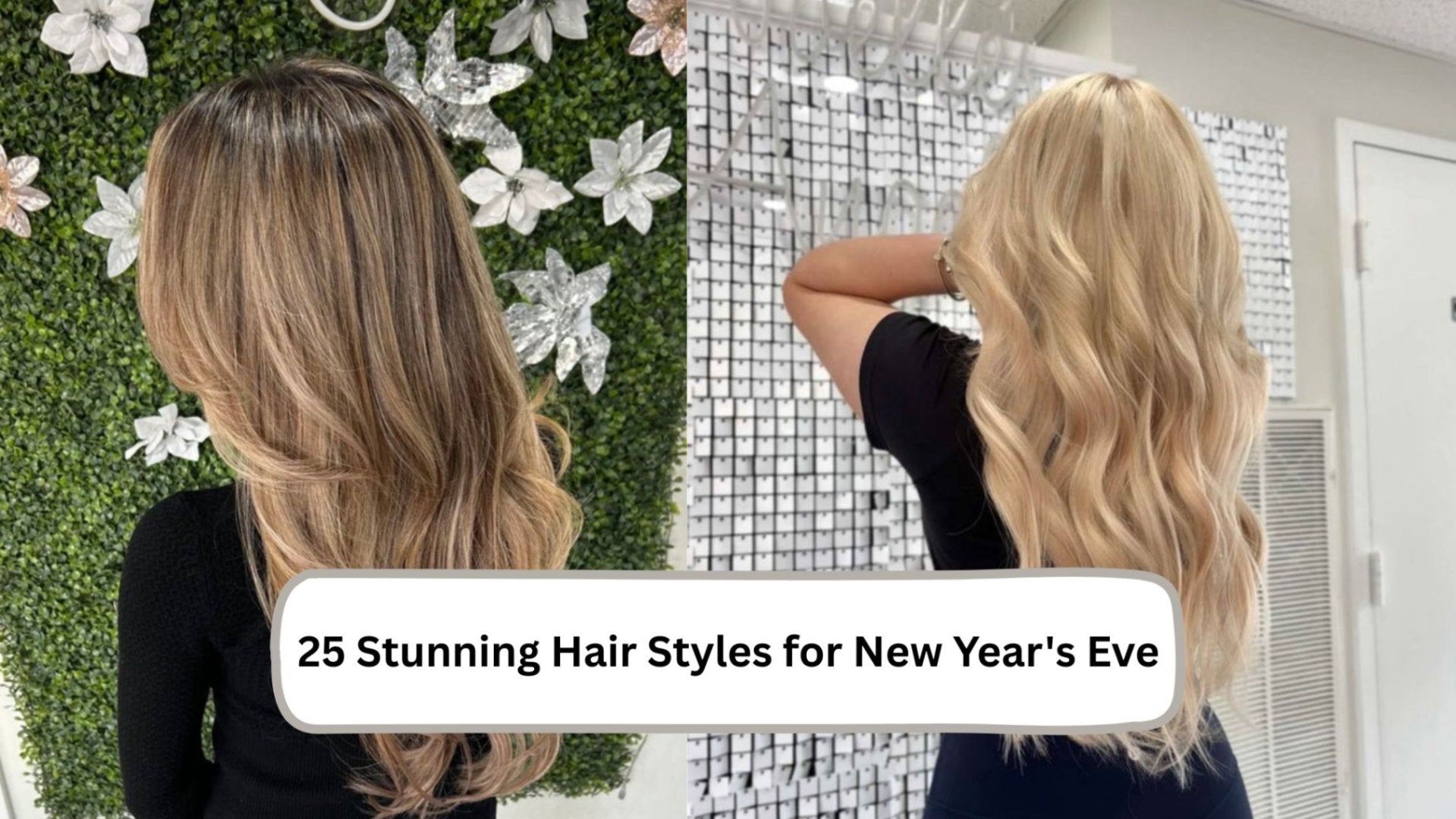How to Make a Hair Topper Look Natural for Beginners?
Key Highlights
Here's what you need to know to make your hair topper look amazing: Choosing a human hair topper is best for achieving the most realistic, natural look.
-
A perfect color match, along with the right density and texture, is crucial for a seamless blend with your natural hair.
-
Choosing a human hair topper is best for achieving the most realistic, natural look.
-
A perfect color match, along with the right density and texture, is crucial for a seamless blend with your natural hair.
-
Select a base material like silk or monofilament for a part that looks just like your scalp.
-
Always get your topper professionally trimmed and layered to flow with your bio hair.
-
Proper positioning and styling your topper and natural hair together will hide any signs you're wearing one.
-
These tips are a game-changer for anyone experiencing hair loss or just wanting more volume.
Have you ever worried that wearing a hair topper might look fake or draw unwanted attention? You’re not alone! Many beginners share the same fears of being noticed or feeling awkward in public. But here’s the truth: with the right techniques, toppers can look completely natural.
Far from the wigs of the past, modern hair toppers are designed to blend seamlessly with your own hair, giving you fuller, thicker-looking locks without the commitment.
If you’re new to toppers or struggling to make yours look real, this guide will walk you through everything you need to know to feel confident and undetectable.
What Is a Hair Topper and Who Can Benefit From It?
A hair topper is a hairpiece designed to cover the top or crown of the head, blending with your natural hair to add volume and conceal thinning. Think of it as the perfect solution for anyone who wants a boost without the full coverage of a wig.
They are fantastic for concealing hair loss effectively by adding coverage exactly where it's needed, making them a game-changer for those with genetic thinning, postpartum hair loss, or stress-related issues.
But toppers aren't just for covering hair loss. Many people use them simply to add volume to limp strands or create a fuller ponytail for a special event. If you've ever wished for effortlessly thick hair, a topper can become your new best friend.
If you’re exploring options, you might also want to learn about fish net hair toppers and their unique benefits.
How Do You Choose The Right Hair Topper for Beginners?
1. Select an Ideal Base
Selecting the ideal base size is key for a seamless, natural look:
-
Choose a base that matches your thinning area or volume goals.
-
Measure front to back and side to side, adding 1 inch for clip security.
-
Early thinning works with a small base (2–4 inches); advanced loss needs medium to large (5–7+ inches).
-
A flat, well-sized base ensures the topper blends smoothly with your bio hair.
2. Match Your Topper To Your Hair Type And Lifestyle
Matching your topper to your hair type and lifestyle keeps it looking natural:
-
Texture should align with your bio hair (straight, wavy, or curly).
-
Human hair toppers are best if you use heat tools often.
-
Synthetic toppers are easier to maintain but less versatile.
-
For pulled-back styles, pick a base designed for a natural hairline.
Learn how a human hair topper gives the most natural look.
How Do You Wear a Hair Topper Step by Step?
Wearing a hair topper can feel intimidating at first, but with the right approach, it’s simple to achieve a natural and comfortable look. Follow these five easy steps to make sure your topper blends seamlessly with your own hair.
Step 1 – Measure Your Hair Loss Area
Start by measuring the area of thinning or hair loss from front to back and side to side. This ensures you choose a topper that provides the right amount of coverage.
Step 2 – Select the Right Base and Size
Pick a base size that securely clips onto your bio hair without feeling bulky. The right fit creates a secure, natural foundation.
Step 3 – Match Hair Color and Texture
For the most realistic look, choose a topper that closely matches your hair’s shade, undertones, and texture (straight, wavy, or curly).
Step 4 – Put the Hair Topper On
Clip the topper into place, making sure it sits flat and aligns with your natural part for a seamless finish.
Step 5 – Style the Hair Topper Naturally
Blend the topper with your own hair using heat tools or styling products. Soft waves or layers can help create a natural transition.
What Are The Different Types Of Hair Toppers?
When choosing a hair topper, one of the biggest decisions is between human hair vs synthetic hair toppers.
|
Feature |
Human Hair Toppers |
Synthetic Hair Toppers |
|---|---|---|
|
Realism |
Highest level of realism; moves and feels like natural hair. |
Can look natural, but may have an artificial shine. |
|
Styling |
Highly versatile; can be curled, straightened, and colored. |
Limited styling; most cannot be heat-styled. |
|
Durability |
Longer lifespan with proper care. |
Shorter lifespan, typically a few months to a year. |
|
Maintenance |
Requires washing and styling, similar to your own hair. |
Low-maintenance; style is pre-set and holds its shape. |
|
Cost |
More expensive upfront. |
More affordable. |
youtube video- https://www.youtube.com/watch?v=IFZuT-ZyOkg
What Factors Affect How Natural Your Hair Topper Looks?
A natural-looking topper comes down to details like, base, color, density, and texture. When these elements align, your topper blends so well you’ll forget it’s there.
Base Material and Construction
The base sits directly against your scalp and impacts realism. Here are common options:
-
Lace: Lightweight and breathable, but needs careful blending at the hairline.
-
Monofilament (Mono): Allows natural multi-directional parting for realism.
-
Silk: Best for undetectable looks; knots are hidden, mimicking real hair growth.
-
Polyurethane: Skin-like and ideal for tape or glue, though less breathable.
Silk and monofilament bases give the most realistic look. Curious about the full range? See this breakdown of different hair topper base types.
Color, Density, and Texture Matching Tips
A mismatched color or texture is the biggest giveaway. Keep these tips in mind:
-
Opt For Dimension: Choose multi-tonal shades or rooted toppers for a realistic blend. If between shades, go slightly lighter. Darker can be added professionally.
-
Match The Density: Pick a topper with thickness similar to your natural hair for balance.
-
Consider Texture: Straight, wavy, or curly, always align with your bio hair texture.
-
Use Blending Products: Root powders or tinted dry shampoos help disguise slight mismatches at the part line.
Why Trust Noelle Salon for Natural-Looking Hair Toppers?
At Noelle Salon, we specialize in creating seamless, natural transformations with over 35 years of expertise in hair extensions, coloring, straightening, and hair loss care. Our focus is always on giving you confidence with hair that looks and feels like your own.
We proudly offer Free Consultations for Hair Loss Solutions with possible same day service, including wigs, toppers, and mesh integration systems. Each topper is expertly color-matched and styled to blend perfectly with your bio hair for a flawless, undetectable look.
Book your consultation at Noelle Salon today and let our experts help you achieve natural-looking volume and coverage.
Conclusion
Achieving a natural look with a hair topper is entirely possible with the right techniques and tools.
Understanding the various factors that influence how your topper blends with your natural hair is crucial. From selecting the right base material to mastering the art of blending and styling, each step plays a vital role in creating an authentic appearance.
Remember, practice makes perfect, so don't be discouraged if it takes a few tries to get it just right. If you’re ready to take your skills to the next level, reach out for a free consultation and let’s make your hair dreams come true!
Frequently Asked Questions
Which hair topper types blend best for thinning hair?
For thinning hair, human hair toppers are best since they mimic the look and movement of natural strands while offering styling flexibility. High-quality synthetic toppers can also work, but human hair provides superior blending, comfort, and long-term versatility for realistic results.
How to make a hair topper look natural?
Always match the topper texture to your bio hair, straight, wavy, or curly. A mismatch makes blending difficult. For best results, choose human hair toppers, as they adapt to styling and replicate your natural movement for an authentic, seamless appearance.
What maintenance tips help keep a blended hair topper looking fresh?
Keep your topper fresh with gentle detangling, sparing washes using sulfate-free shampoo, and air-drying on a stand to preserve shape. Avoid excessive heat. Proper care extends the topper’s lifespan, maintains softness, and ensures it continues to blend naturally with your hair.
How can I avoid common mistakes when blending a hair topper?
Avoid mistakes by choosing the correct color and density, ensuring proper placement, and not setting it too far forward. Always style your topper and natural hair together. These steps prevent awkward contrasts and guarantee a realistic, seamless, and natural-looking finish.
What is the most natural looking hair topper?
The most natural-looking topper is a human hair silk or monofilament base topper. These bases mimic the scalp while human hair matches movement and texture. Combining realistic construction with proper customization ensures your topper blends seamlessly for a natural result.
How to make hair topper part look natural?
To create a natural-looking part, choose silk or mono bases that mimic a real scalp. Pluck or adjust the part slightly, apply root powder for shading, and blend with your natural part line. This disguises knots and makes the topper undetectable.
How to prepare hair for topper look natural?
Prep your hair by parting it where the topper will sit and securing it flat with bobby pins or clips. Make sure the surface is smooth and neat. This ensures the topper clips attach securely and blend seamlessly with your bio hair.
How to blend a hair topper?
Blend a hair topper by aligning it with your natural part, pulling small sections of your own hair over the edges, and styling both together. Use heat tools or blending products like tinted dry shampoo to smooth transitions for a flawless finish.
How to blend topper with own hair in back?
For the back, clip the topper securely, then tease or pull strands of your bio hair over the edges. Use a curling iron or waves to merge textures. Hairspray or blending powder helps disguise lines, making the topper fully undetectable.
How to make topper piece blend with hair?
Make your topper piece blend with hair by choosing the right color and density, securing clips flat, and styling it with your bio hair. Adding layers, waves, or root powders enhances blending, ensuring a natural, seamless look that feels authentic.






